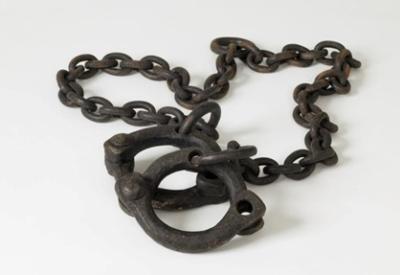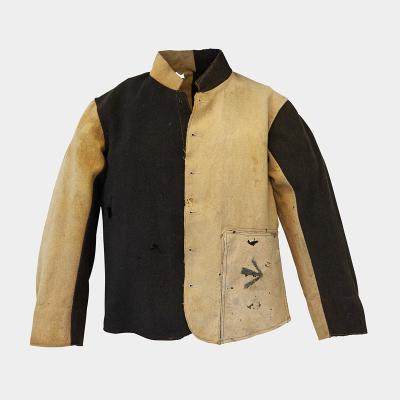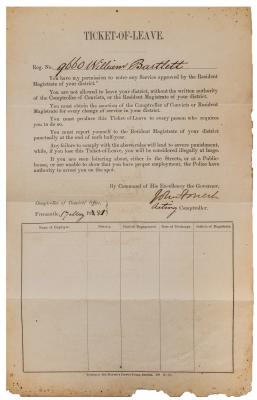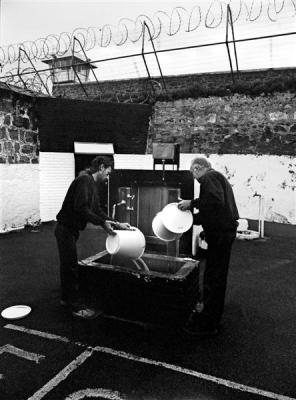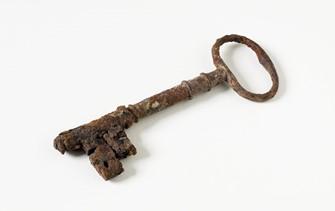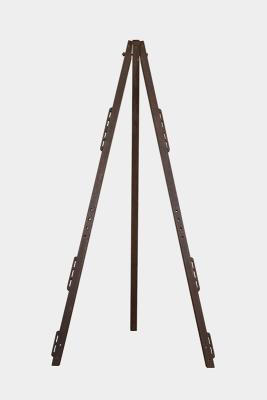Fremantle Prison
About
About
About organisation
Fremantle Prison was built as a convict barracks in the 1850s and remained in continual use as a site of incarceration until 1991. The Prison was a place of hangings, floggings, dramatic escapes and prisoner riots. Inmates included imperial convicts, colonial detainees, enemy aliens, prisoners of war and maximum-security prisoners. After its closure the WA state government embarked on a long-term conservation plan to ensure the Prison’s preservation for future generations. Today Fremantle Prison is one of the largest surviving convict prisons in the world and was inscribed on the UNESCO World Heritage List as part of the Australian Convict Sites Property in 2010.
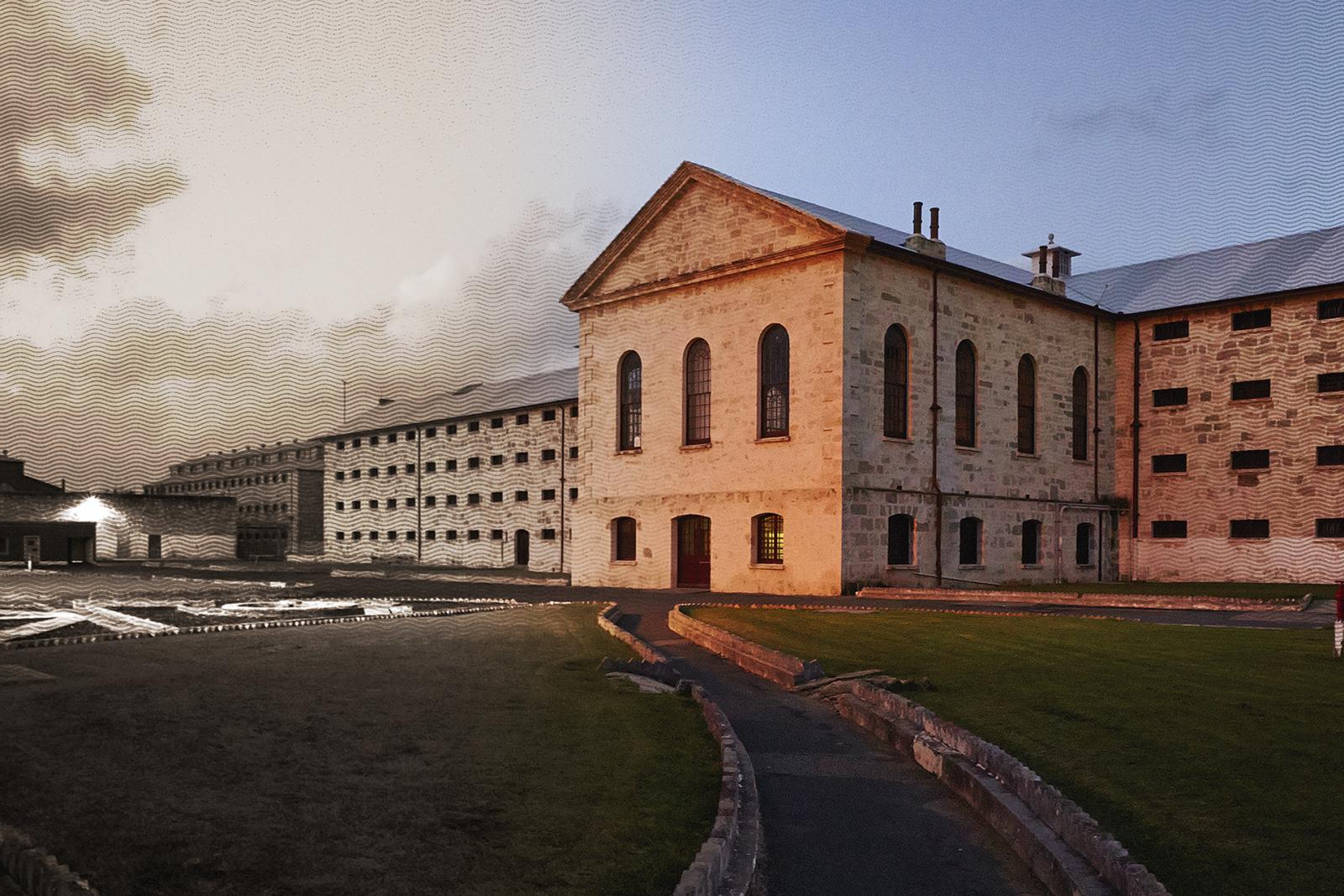
Collection
Collection
Collection overview
The Fremantle Prison Collection is a diverse collection comprised of approximately 18,000 items, including photographs, documents, furnishings, artworks, tools, clothing and textiles, institutional paraphernalia, letters, weapons, oral histories and archaeological material. The Collection spans the entirety of the Prison’s operational life, from the beginning of construction in 1851 through to the Prison's closure in 1991.
The Fremantle Prison collection includes items of exceptional significance, from ones with International and National heritage value to others that tell a local prison story. For example, the exceptional social, historic and spiritual significance of the convict era material in the Collection, combined with its strong provenance linking these artefacts to the Fremantle Prison site and its Outstanding Universal Value, elevates this section of the Fremantle Prison Collection to international significance.
1. The colonisation of Western Australia as related to the establishment of a penal
colony.
2. Convict histories and experiences of the men and juveniles who were forcibly
migrated to the colony of Western Australia from the period 1850 – 1868, and their
subsequent lives in the colony and state.
3. The experience and histories of prisoners incarcerated at Fremantle Prison from
1886 until the Prison closed in 1991.
4. Transfer of imperial control to local authorities in 1886 and related issues.
5. The experiences and histories of female prisoners held at Fremantle Prison from
1886 until 1970, including women who may have been transferred to Bandyup
Prison.
6. Aboriginal prisoners, their experience of incarceration at Fremantle Prison, and the
issue of Aboriginal over-representation in prisons in Western Australia in the 20th
century.
7. The Rottnest Island Prison, the experiences of the prisoners held there, and the
works they undertook, including the period of its operation by Fremantle Prison.
8. Use of Fremantle Prison by the military, including the experience of those
incarcerated as ‘enemy aliens’ and prisoners of war.
9. The histories and experiences of Prison Guards, Officers and staff from 1850 until
the Prison’s closure in 1991, encompassing the initial period of constructing the
Convict Establishment, administering the institution, the introduction of Prison
Officers, and the employment of adjunct staff such as teachers and social workers.
10. Prisoner attitudes and behaviour, including rioting and disobedience, activities and
activism, and attitudes towards the Prison.
11. Penal philosophy from the Victorian era until the Prison closed in 1991, including
criminology, approaches to justice, and various theories of punishment and reform.
12. Fremantle Prison administration and operation, including functions as a lock-up,
remand centre, and maximum-security prison.
13. Architecture of Fremantle Prison and the separate system.
14. Fremantle Prison tunnels, their construction, and the supply of water to the port of
Fremantle until early in the twentieth century.
15. Prisoner art as a genre and the work of individual artists, both Aboriginal and non-
Aboriginal, undertaken while inside or outside of Fremantle Prison.
Contact
Contact
Contact information
1 The Terrace
Fremantle WA 6160
Australia
Visit
Visit
Visit information
1 The Terrace
Fremantle WA 6160
Australia
Entry to the Gatehouse complex at Fremantle Prison, including several exhibitions, art gallery, gift shop and cafe, is free.
To explore the site and learn about its fascinating history, join us on one of our five guided tours. Learn about the site's beginnings as a Convict Establishment, its time as the state's maximum security prison and some of the more infamous inmates. You can also go underground and explore the labyrinth of tunnels built by prisoners, or visit us at night to experience the Prison by torchlight and hear some the site's more ghastly and ghostly stories.
| Day | Time slot | Comment |
|---|---|---|
| Mon: | 9:00 am – 5:00 pm | |
| Tue: | 9:00 am – 5:00 pm | |
| Wed: | 9:00 am – 10:00 pm | Open late for torchlight tours |
| Thu: | 9:00 am – 5:00 pm | |
| Fri: | 9:00 am – 10:00 pm | Open late for torchlight tours |
| Sat: | 9:00 am – 5:00 pm | |
| Sun: | 9:00 am – 5:00 pm |
